Sustainable landscape design uses plants, materials, and other elements to create outdoor spaces that are environmentally friendly and productive. Create more natural habitats with fewer toxins while reducing maintenance and costs by using ecological landscape design principles.

If you have understood about
What is sustainable landscape design?

Sustainable landscape design is the practice of creating an outdoor space that adheres to a set of principles that make it functional, thriving, and environmentally friendly. Key principles of sustainable landscape design include reducing water use, soil erosion, and waste. Sustainable landscape architecture can include everything from native plant gardens to rainwater harvesting stations.
Benefits of sustainable landscaping
Sustainable landscaping benefits you and the environment. It reduces the need for pesticides and fertilizers near your home. It requires less maintenance. It conserves water and reduces water pollution. And it supports wildlife while saving energy.
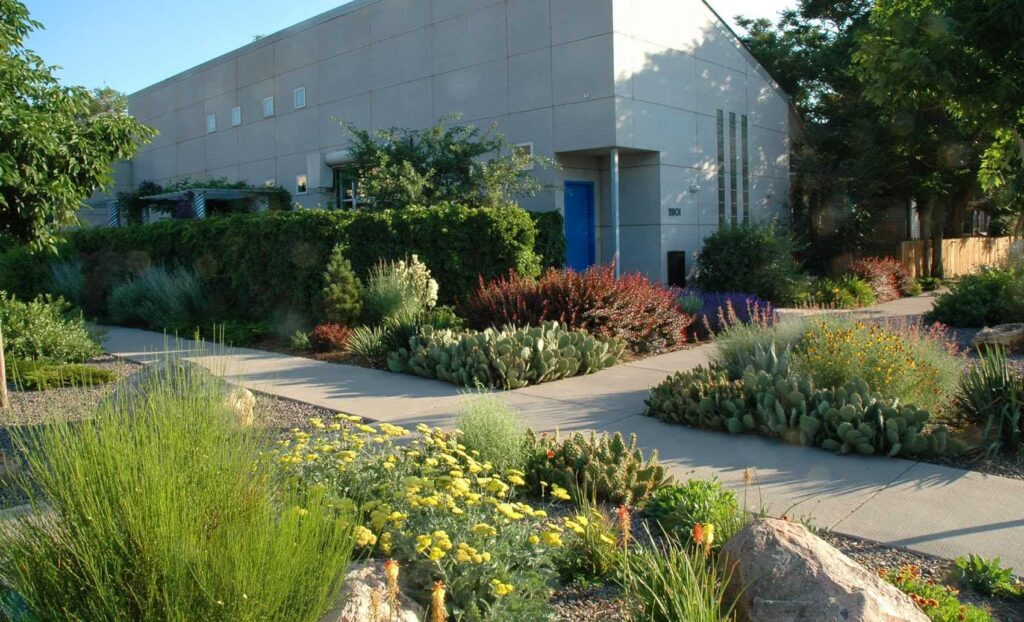
There is a lot to like about sustainable landscaping, but to get those benefits, you need features that deliver them. So let’s take a closer look at some architectural elements that can come from sustainable landscape design principles.
Elements of sustainable landscape
Two of the main places you can use environmental landscaping are the vegetation and the building materials you choose.
Flora
Designing a green space starts with choosing different types of plants. Fortunately, sustainable gardening still gives you many options when it comes to plants.
Native plants

Native plants Native plants are plants that grow naturally in your local environment. Native plants have adapted to thrive in the soil and climate of the area. Native landscape plants require less maintenance, fertilizers, and pesticides than non-native plants.
To follow sustainable landscape design principles, use native plants for a sustainable garden wherever possible.
Edible garden
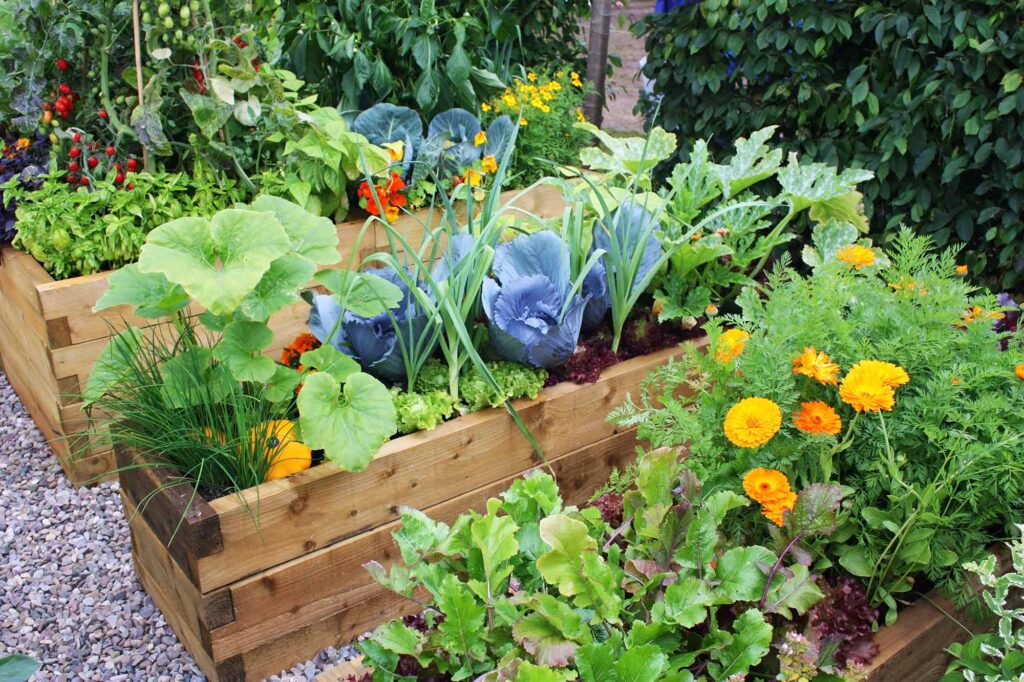
An edible garden is another great organic landscaping option for any outdoor space. Growing and planting plants that you can eat or use is one of the best ways to enhance your landscape. You can’t go wrong with a vegetable or fruit garden. Not everything you plant has to be green to be a green landscape feature. If you have limited space, consider an herb garden.
Natural space
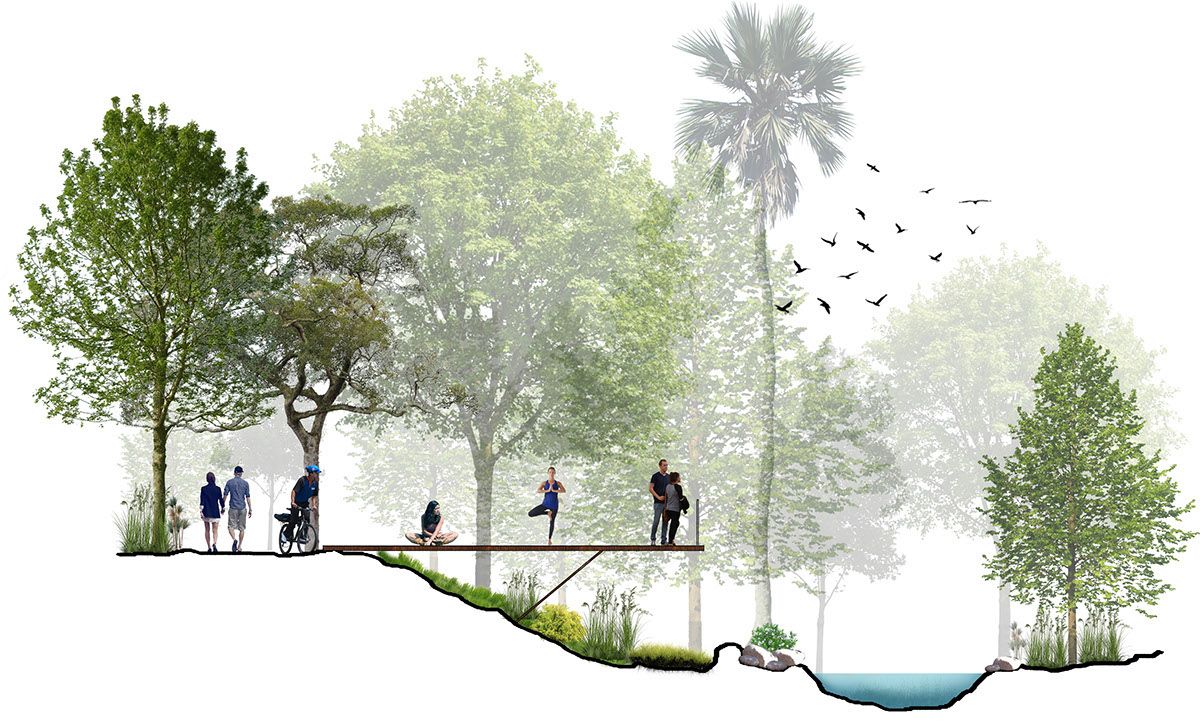
Another feature of an environmental landscape is the wildlife garden. Attract squirrels, birds, and butterflies to your yard by creating an environment where animals can thrive. A garden, pond, marsh, or meadow can all work.
Rainwater harvesting
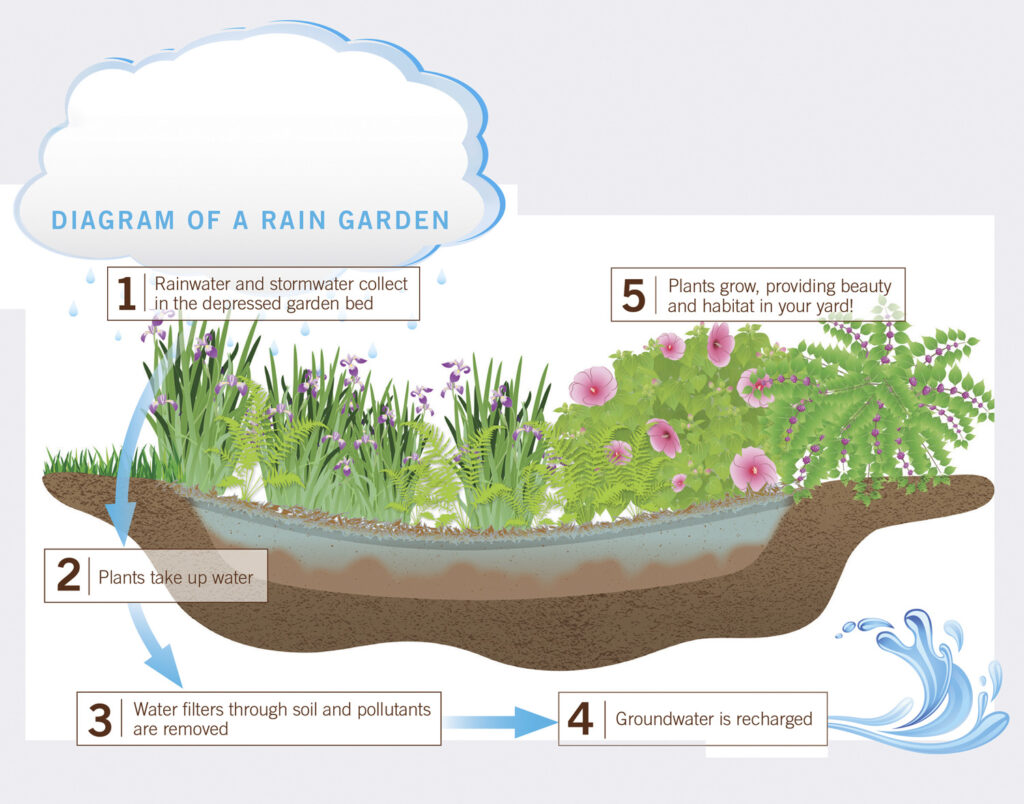
Before we leave the garden, let’s learn how to save water while still keeping your plants hydrated—rainwater harvesting. Installing a rainwater harvesting system is a great way to save on water usage. You can harvest dozens of gallons of water from just one inch of rain. You can then use that water for your garden on dry days instead of using water from the meter.
Hardscape
Now that we've talked about what to plant for a green landscape, let's talk about materials that can further support sustainable design principles.
Recycled materials
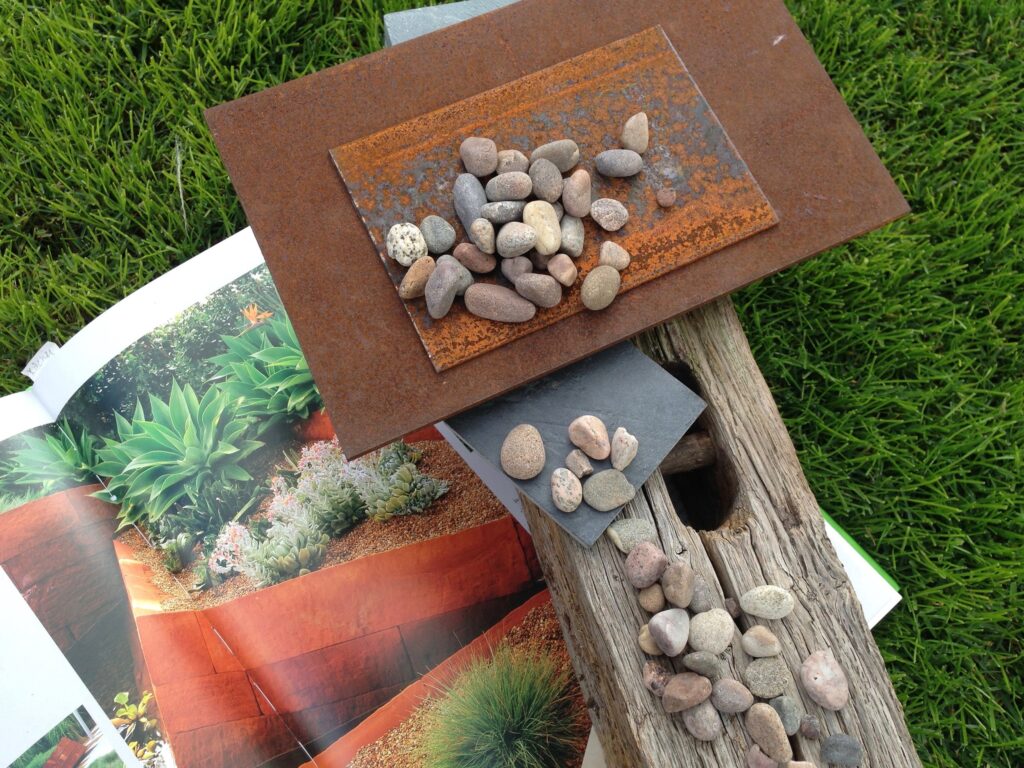
Creating building materials, especially wood, can have a significant impact on the environment. You can reduce that impact by using recycled building materials for any of your outdoor structures. Use recycled materials whenever possible if you are building a fence, retaining wall, or shed.
Maintenance restrictions

Another way to reduce material consumption is to build structures that will last a long time without requiring much maintenance or repair. Use natural fences instead of fences. If you build, use stone instead of wood when possible.
Protect water resources
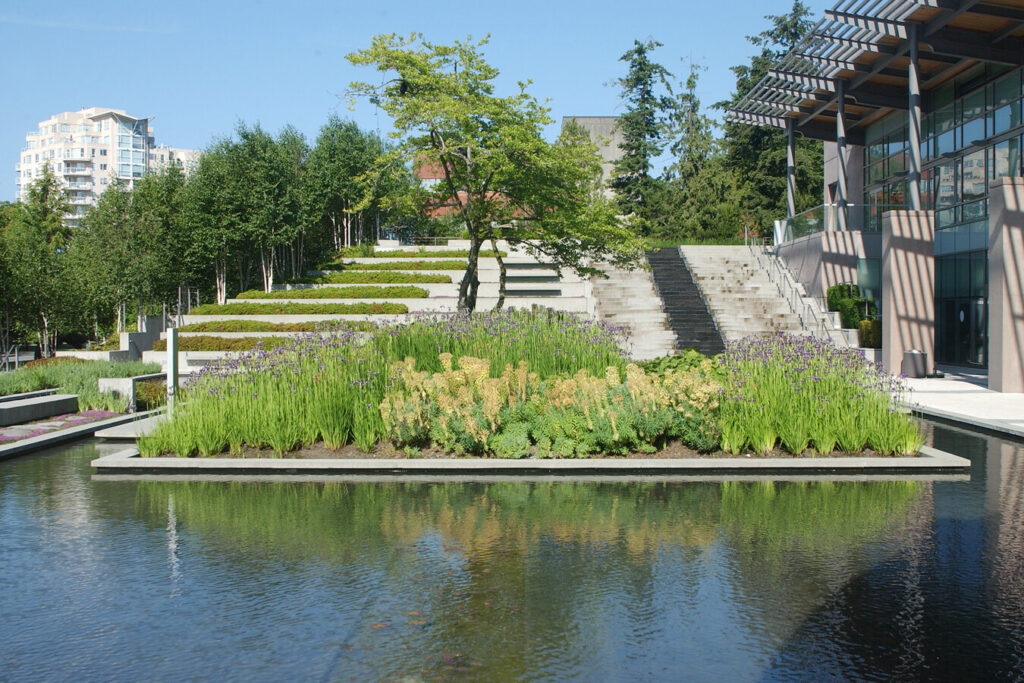
Incorporate water conservation strategies into your sustainable landscape design. Instead of covering your backyard with grass, opt for gravel or mulch. These materials can replace grass without creating the insulation that concrete or asphalt does. Landscaping that uses gravel, sand, mulch, and drought-tolerant plants is sometimes referred to as Xeriscape design.



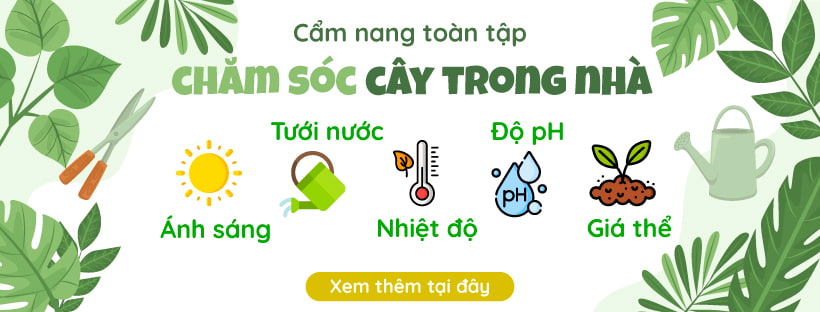


[…] The article references Kla's documents with the desire to spread sustainable values for life: KLA Sustainable Landscape Design […]